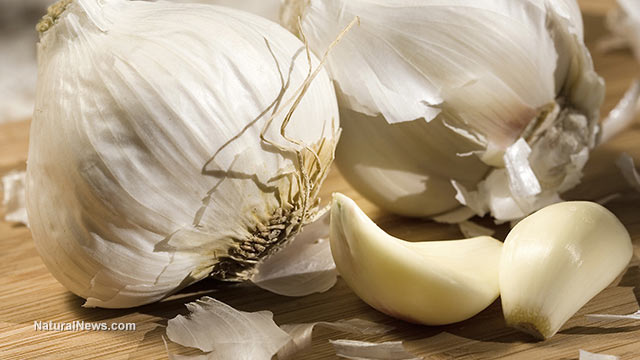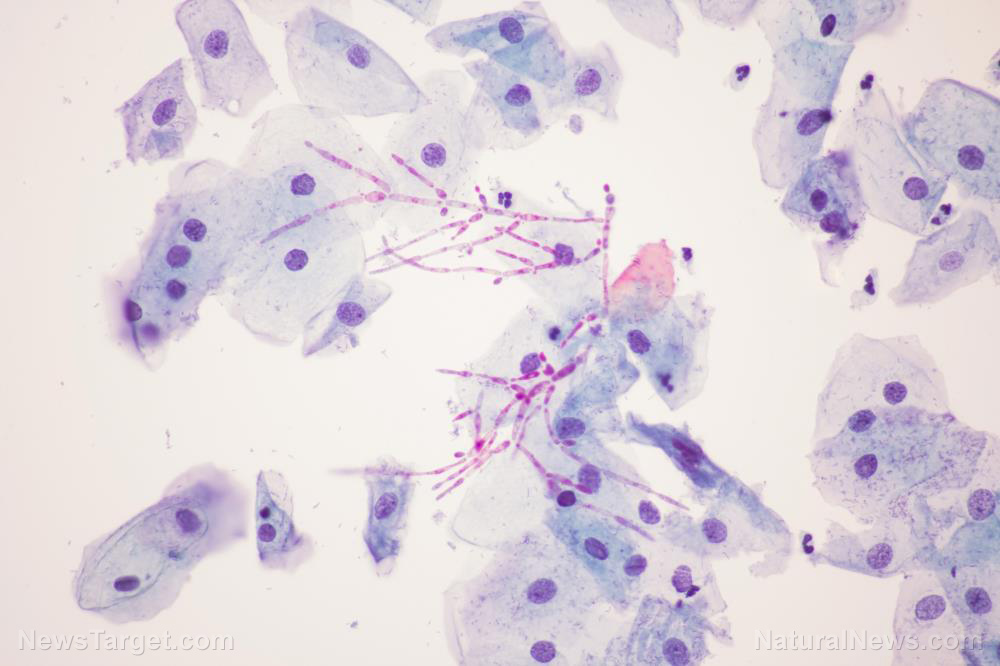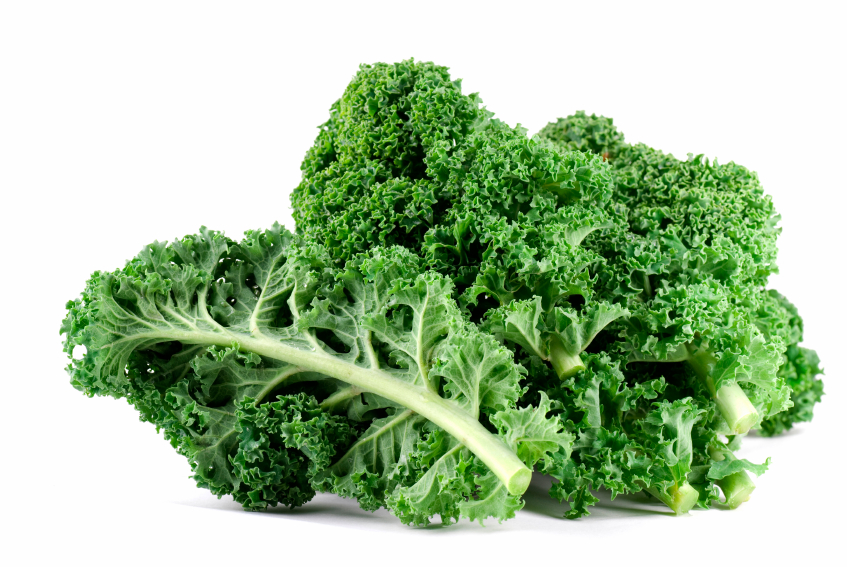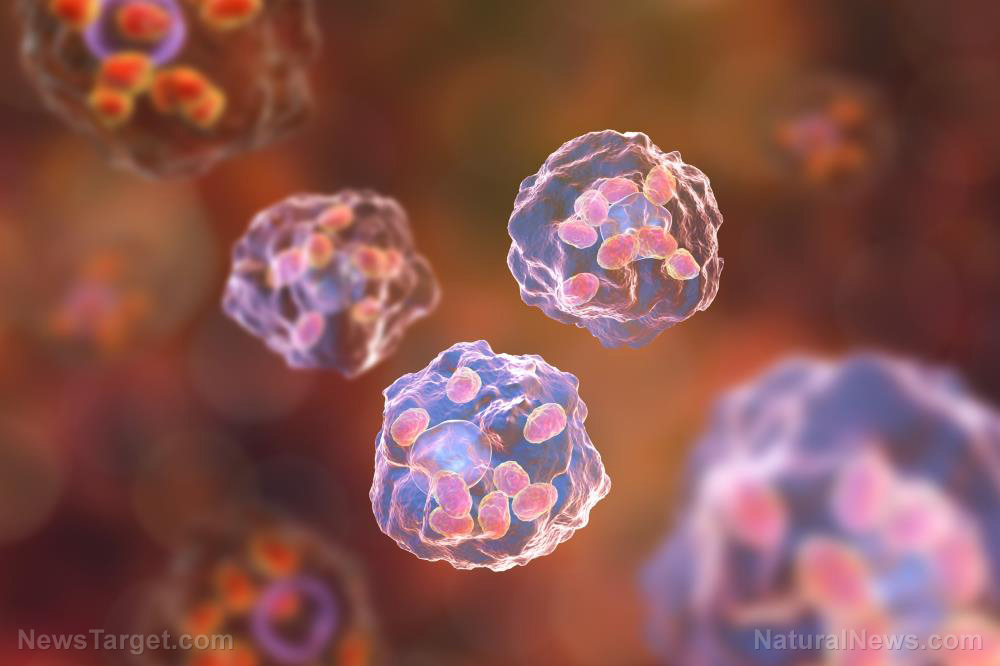One more reason to supplement: Probiotics reduce cadmium toxicity
11/22/2018 / By Michelle Simmons

Taking probiotic supplements can help reduce cadmium toxicity, according to a study in the Journal of Medicinal Food. Researchers at the University of Belgrade in Belgrade, Serbia and the University of Al Jabal Al Gharbi in Libya found that probiotics can help eliminate cadmium in the body by binding to their bacterial cell wall and excreting them through feces.
In the study, the researchers looked at the protective effects of probiotic supplementation against cadmium-induced toxicity in mice. Probiotics have the capacity to bind different targets and eliminate them through feces, and the researchers believed that one of these targets could be cadmium. Cadmium is a widespread environmental toxin that causes various disturbances in biological systems.
For the five-week study, the researchers induced toxicity in mice by giving them cadmium. They then treated the mice with probiotics. They measured the cadmium concentration in the blood, liver, kidney, and feces, as well as the blood alanine aminotransferase (ALT) and aspartate aminotransferase (AST) as biomarkers for liver function. They also assessed histomorphological changes in the liver and kidney.
The results showed that the treatment of probiotics increased cadmium’s concentration in feces, which indicates that cadmium levels in the blood, liver, kidney, blood ALT, and AST activities decreased in mice. Moreover, taking probiotics weakened histomorphological changes in the liver and kidney caused by cadmium.
The increase in Lactobacilli in feces of mice treated with probiotics correlates with the increase of cadmium concentration in their feces and the decline of cadmium concentration in their blood.
Based on the findings of the study, the researchers concluded that supplementation of probiotics can help eliminate cadmium in the body by binding to them and excreting them through feces.
How cadmium causes toxicity in living cells
Cadmium is a toxic heavy metal produced during the smelting of other metals, including zinc, lead, and copper. It is widely used in the production of nickel-cadmium rechargeable batteries used in mobile phones and cordless devices. It is also found in metal plating, some paints, plastics, fertilizers, and cigarette smoke. Because of these human activities, cadmium accumulates in many organisms, especially mollusks and crustaceans. Lower cadmium levels can also be found in vegetables, cereals, and starchy roots. It has toxic effects on the kidneys, the skeletal system, and the respiratory system. It is also classified as a human carcinogen.
Researchers at the University of Adelaide unveiled how cadmium causes toxicity in living cells in a model bacterial system. In their study, published in Nature Communications, they discovered that the chemistry of cadmium enables it to bypass the mechanisms that prevent other metals, like iron and zinc, from freely entering cells.
Cadmium enters the cell, and once inside, the metal inserts itself into the metal sensing machinery of the cell. This causes the cell to malfunction and pump out the wrong metal ions, at the same time, bringing in more cadmium. As a result, cell death occurs. (Related: Cadmium toxicity causes bone cells to self-destruct, reduces bone density and leads to disease.)
“This understanding of how cadmium causes toxicity, at a molecular level, is crucial for developing new strategies for preventing cadmium poisoning,” said lead researcher Christopher McDevitt, senior research fellow and deputy director of the university’s Research Center For Infectious Diseases.
Reducing the risk of exposure to cadmium
One of the ways you can reduce your risk of exposure to cadmium is to stop smoking. You should also try to avoid inhaling other people’s cigarette smoke. Cigarette smoke contains cadmium, which can be absorbed through the lungs. You can also lower your risk by eating a healthy balanced diet with only moderate amounts of shellfish and organ meats. If your job or hobbies involve handling cadmium, it is best to always use the appropriate personal protective equipment. Also, consider having your cadmium levels checked.
Read more news stories and studies on fighting cadmium toxicity by going to SupplementsReport.com.
Sources include:
Tagged Under: cadmium, cadmium poisoning, cadmium toxicity, disease causes, natural remedies, probioitic supplements, probiotics, research, scientific, supplements, toxic chemicals, Toxic Metals



















